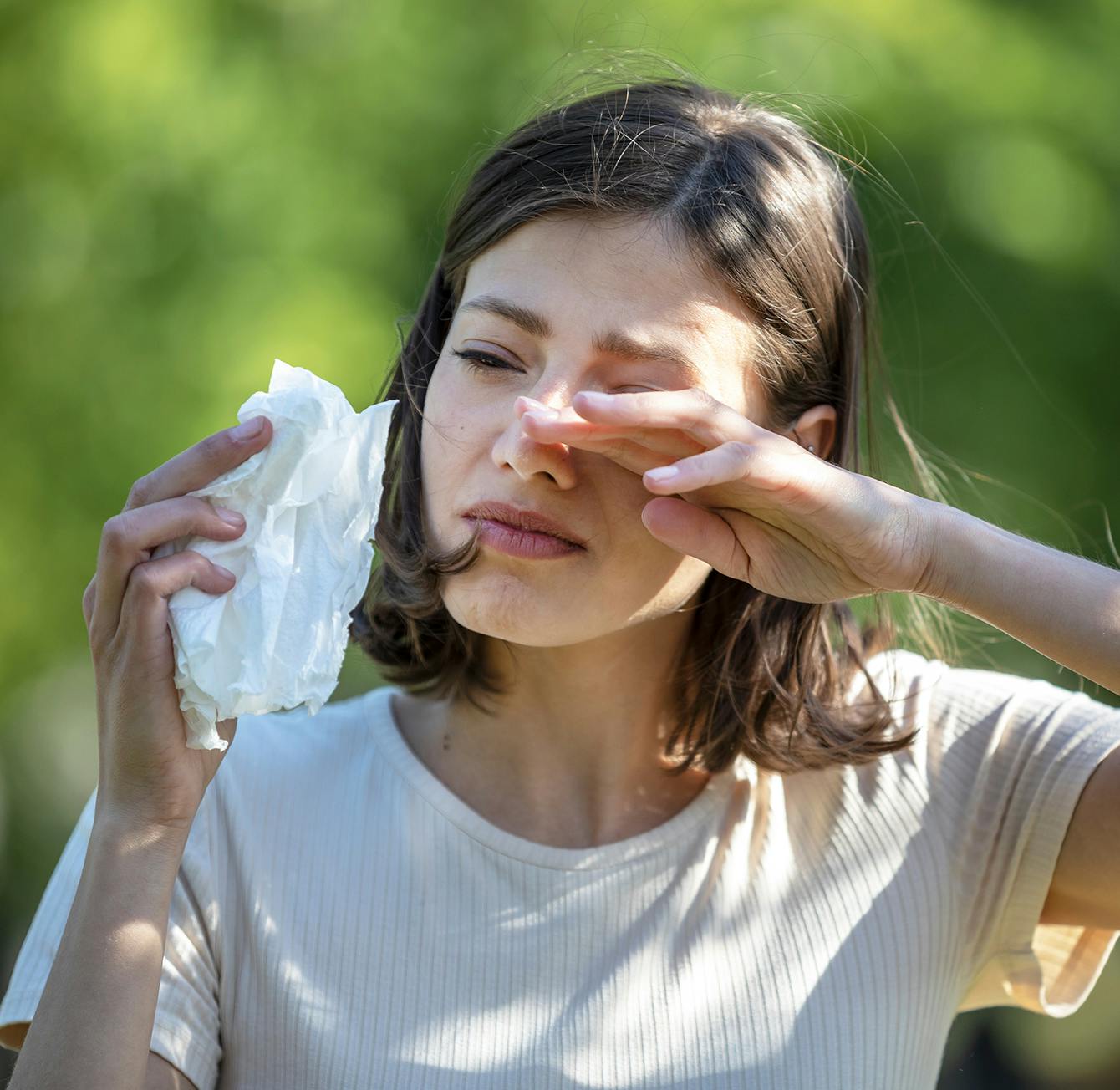Sinus disease can be caused by a variety of factors that include both an infectious and inflammatory component. When caused by fungus, sinusitis can be manifested in a variety of forms causing a wide array of symptoms and disease. Correctly classifying the type of fungal sinusitis is critical to treatment and long-term symptom control.

Mycetoma (Fungus Ball)
Mycetoma, also known as fungus ball, represents a non invasive form of fungal sinus disease. It primarily involves an accumulation and growth of fungal elements within one of the paranasal sinuses. The most common locations include the maxillary sinus (located behind the cheek) and the sphenoid sinus (located behind the eyes). Patients often present with facial pressure and pain, headaches, or visual disturbances. Treatment often requires removal of the fungal element with endoscopic sinus surgery.



